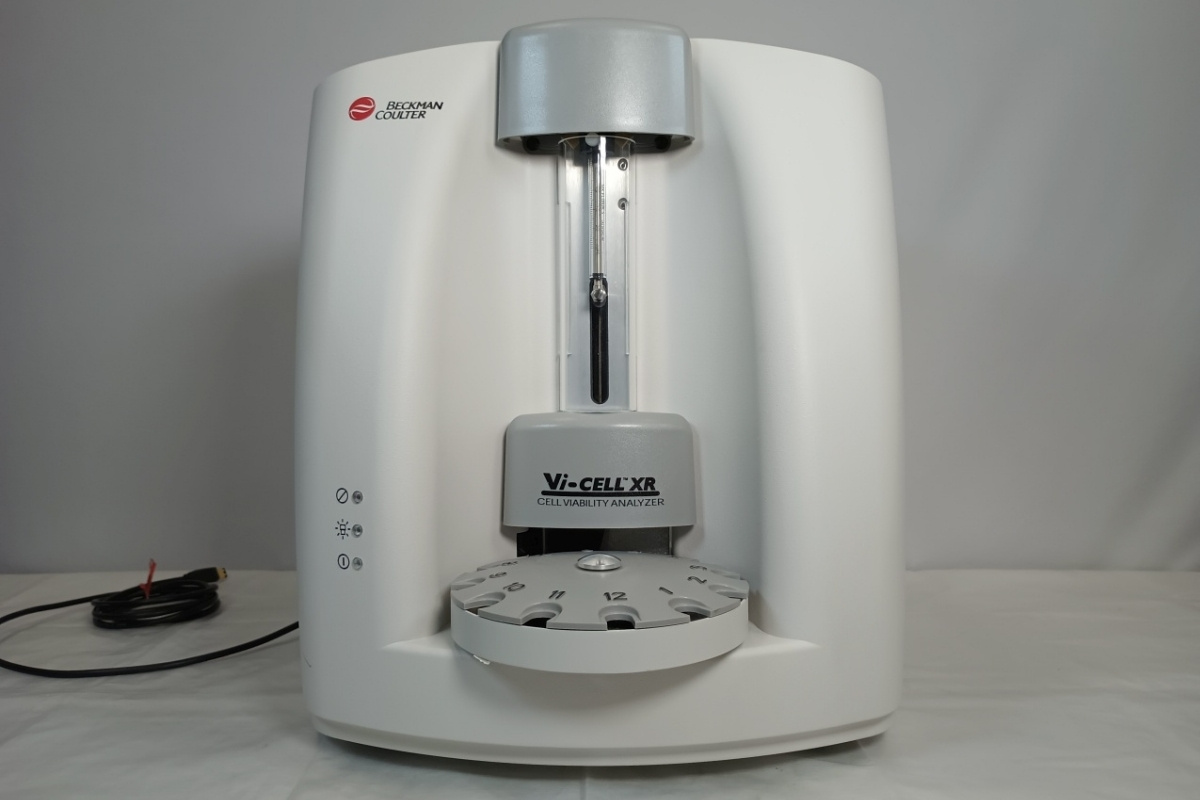
Ever wondered how scientists determine if cells are alive or dead? Enter the cell viability analyzer. This nifty tool helps researchers figure out the health of cells in a sample. Whether it's for cancer research, drug testing, or studying diseases, knowing cell viability is crucial. Imagine trying to find out if a new medicine works without knowing if it keeps cells alive. That’s where this analyzer steps in. It uses various methods like dye exclusion, ATP assays, and more to give accurate results. Curious about how it all works? Let's dive into 28 fascinating facts about this essential lab gadget!
What is a Cell Viability Analyzer?
A cell viability analyzer is a device used in laboratories to determine the health and viability of cells. These devices are crucial in research, medical diagnostics, and drug development. Here are some interesting facts about these essential tools.
- Cell viability analyzers can measure the proportion of live, dead, and dying cells in a sample.
- These devices often use fluorescent dyes that bind to specific cell components to differentiate between live and dead cells.
- Flow cytometry is a common technique used in cell viability analyzers to analyze multiple parameters of single cells.
- Some analyzers use automated image analysis to count and assess cells, providing high-throughput results.
- Trypan blue exclusion is a classic method used by many cell viability analyzers to identify dead cells.
Importance in Research and Medicine
Cell viability analyzers play a vital role in various fields, from cancer research to regenerative medicine. Understanding their importance can help appreciate their widespread use.
- In cancer research, these analyzers help determine the effectiveness of chemotherapy drugs by measuring cancer cell death.
- Stem cell research relies on cell viability analyzers to ensure the health of stem cells before they are used in therapies.
- Toxicology studies use these devices to assess the impact of chemicals and drugs on cell health.
- In immunology, cell viability analyzers help study the immune response by analyzing the health of immune cells.
- Pharmaceutical companies use these analyzers in drug development to screen for potential drug candidates.
Types of Cell Viability Analyzers
Different types of cell viability analyzers are available, each with unique features and capabilities. Knowing the types can help choose the right one for specific needs.
- Flow cytometers are versatile and can analyze thousands of cells per second.
- Automated cell counters provide quick and accurate cell counts without manual intervention.
- Microplate readers can analyze multiple samples simultaneously, making them ideal for high-throughput screening.
- Image-based analyzers use advanced imaging techniques to provide detailed information about cell morphology and viability.
- Spectrophotometers measure cell viability based on light absorption or emission.
How They Work
Understanding the working principles of cell viability analyzers can shed light on their accuracy and efficiency.
- Fluorescent dyes like propidium iodide and calcein-AM are commonly used to stain cells for viability analysis.
- Laser-based systems in flow cytometers excite fluorescent dyes, allowing for precise measurement of cell properties.
- Image analysis software in automated systems can distinguish between live and dead cells based on size, shape, and fluorescence.
- Electrical impedance is another method used by some analyzers to measure cell viability by detecting changes in electrical resistance.
- Colorimetric assays like MTT and XTT measure cell viability based on metabolic activity.
Advantages and Limitations
While cell viability analyzers offer numerous benefits, they also come with certain limitations. Knowing both can help make informed decisions.
- High-throughput capabilities allow for the analysis of large sample sizes quickly.
- Automation reduces human error and increases reproducibility.
- Multiparametric analysis enables the study of various cell properties simultaneously.
- Cost can be a limiting factor, as advanced analyzers can be expensive.
- Sample preparation may require specific protocols, which can be time-consuming.
Future Trends
The field of cell viability analysis is continuously evolving, with new technologies and methods emerging. Keeping an eye on future trends can help stay ahead.
- Artificial intelligence and machine learning are being integrated into cell viability analyzers for more accurate and faster analysis.
- Miniaturization of devices is making them more portable and accessible for point-of-care testing.
- 3D cell culture analysis is becoming more prevalent, providing more physiologically relevant data compared to traditional 2D cultures.
Final Thoughts on Cell Viability Analyzers
Cell viability analyzers are game-changers in scientific research. They help researchers quickly determine the health of cells, which is crucial for experiments. These devices save time and provide accurate results, making them indispensable in labs. From cancer research to drug development, their applications are vast. Knowing how to use and maintain these tools can significantly impact the quality of your research.
Investing in a good cell viability analyzer can lead to better data and more reliable outcomes. As technology advances, these analyzers will only become more efficient and user-friendly. Staying updated with the latest models and techniques ensures you get the most out of your equipment.
So, whether you're a seasoned scientist or just starting, understanding cell viability analyzers is essential. They’re not just tools; they’re partners in your quest for scientific discovery.
Was this page helpful?
Our commitment to delivering trustworthy and engaging content is at the heart of what we do. Each fact on our site is contributed by real users like you, bringing a wealth of diverse insights and information. To ensure the highest standards of accuracy and reliability, our dedicated editors meticulously review each submission. This process guarantees that the facts we share are not only fascinating but also credible. Trust in our commitment to quality and authenticity as you explore and learn with us.
